Singular and Plural Verb Agreement Worksheet
Are you a language enthusiast, striving to enhance your grammar skills? Look no further than our Singular and Plural Verb Agreement Worksheet! This worksheet is the perfect tool for individuals who are seeking to gain a deeper understanding of subject-verb agreement.
Table of Images 👆
More Other Worksheets
Kindergarten Worksheet My RoomSpanish Verb Worksheets
Cooking Vocabulary Worksheet
DNA Code Worksheet
Meiosis Worksheet Answer Key
Art Handouts and Worksheets
7 Elements of Art Worksheets
All Amendment Worksheet
Symmetry Art Worksheets
Daily Meal Planning Worksheet
What is singular verb agreement?
Singular verb agreement refers to the grammatical rule that a singular subject must be paired with a singular verb. This means that when a subject is singular, the verb that follows it should also be singular in form. This rule ensures that the subject and verb in a sentence match in number, helping to maintain clarity and proper grammar in writing.
How is a singular subject matched with a singular verb?
A singular subject is matched with a singular verb by ensuring that the verb agrees in number with the subject. This means that if the subject is singular (referring to one person or thing), the verb should also be in singular form. For example, "She walks to school every day." In this sentence, the singular subject "She" is matched with the singular verb "walks.
Give an example of a sentence with singular verb agreement.
The dog barks loudly in the middle of the night.
What is plural verb agreement?
Plural verb agreement is when a verb in a sentence correctly matches the number of the subject it refers to. This means that if the subject is plural (referring to more than one person or thing), the verb used should also be in its plural form to maintain grammatical accuracy.
How is a plural subject matched with a plural verb?
A plural subject is matched with a plural verb by ensuring that the verb is in its plural form to agree with the number of the subject. For regular verbs, adding "s" or "es" to the base form changes it to the singular form, whereas keeping the base form or adding "are" or "do" creates the plural form. This agreement is crucial for maintaining subject-verb agreement and ensuring the sentence is grammatically correct.
Provide an example of a sentence with plural verb agreement.
The dogs in the park are playing fetch with their owners.
What happens when a subject is compound and connected by "or" or "nor"?
When a subject is compound and connected by "or" or "nor," the verb should agree with the subject closest to it. If the closest subject is singular, the verb is singular; if the closest subject is plural, the verb is plural. For example, "Neither John nor his friends are going to the party" – "friends" is plural, so the verb "are" is also plural.
Give an example of a sentence with compound subject agreement.
Lena and Tom are going to the beach this weekend.
What are some common exceptions to the rule of singular and plural verb agreement?
Some common exceptions to the rule of singular and plural verb agreement include collective nouns (e.g. team, committee) that can be treated as singular or plural depending on context, indefinite pronouns (e.g. all, some) that can be singular or plural based on the noun they refer to, and phrases like "a number of" or "one of the" that can take a singular or plural verb depending on the noun that follows them. Additionally, certain phrases or idiomatic expressions may also have unique verb agreement rules that deviate from the standard singular or plural agreement.
How can you determine if a subject is singular or plural to correctly match it with a verb?
To determine if a subject is singular or plural in order to correctly match it with a verb, look at the form of the subject itself. If the subject is a single person, place, thing, or idea, it is singular and should be paired with a singular verb. If the subject involves multiple individuals, places, things, or ideas, it is plural and should be paired with a plural verb. Keep in mind that words like "each," "every," "either," "neither," and certain indefinite pronouns generally take singular verbs, while words like "both," "many," "several," and "few" usually take plural verbs.
Have something to share?
Who is Worksheeto?
At Worksheeto, we are committed to delivering an extensive and varied portfolio of superior quality worksheets, designed to address the educational demands of students, educators, and parents.

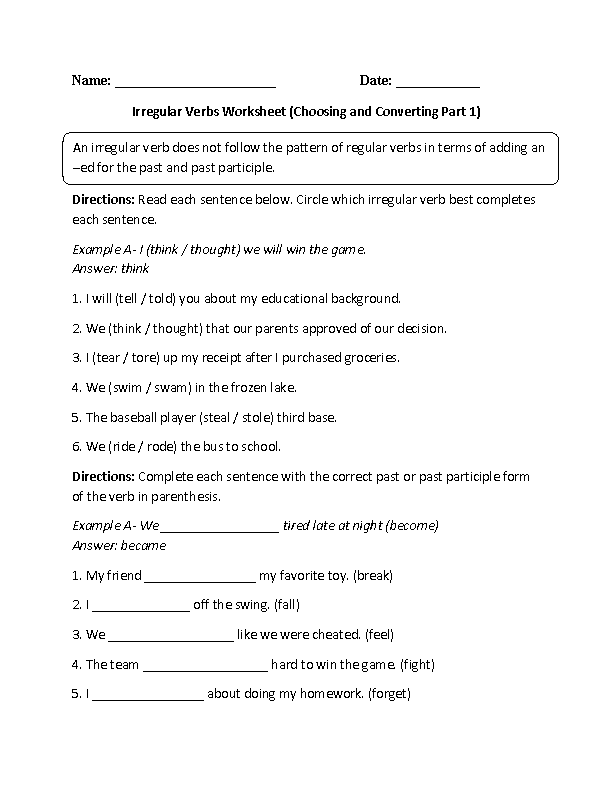



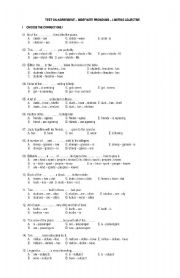
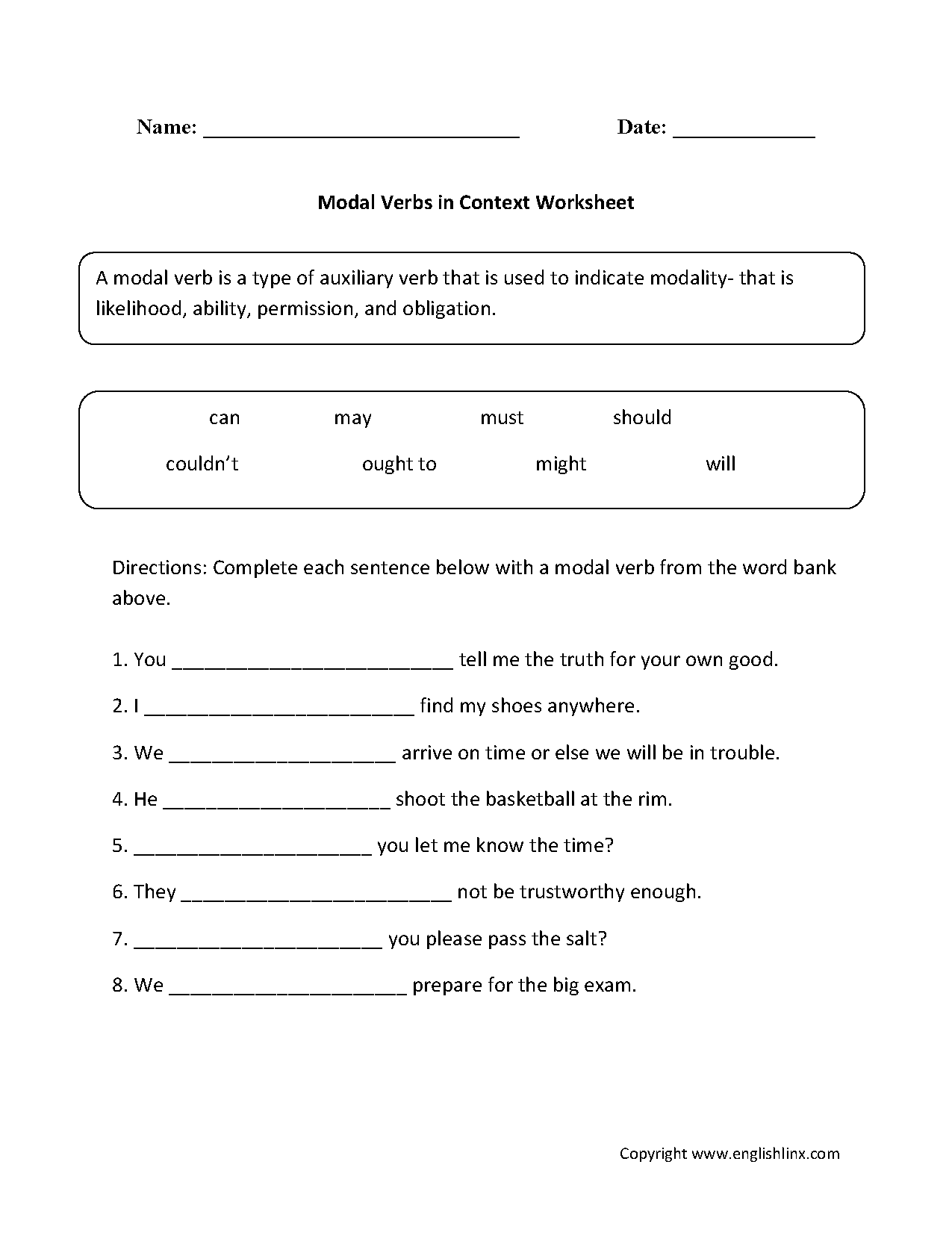
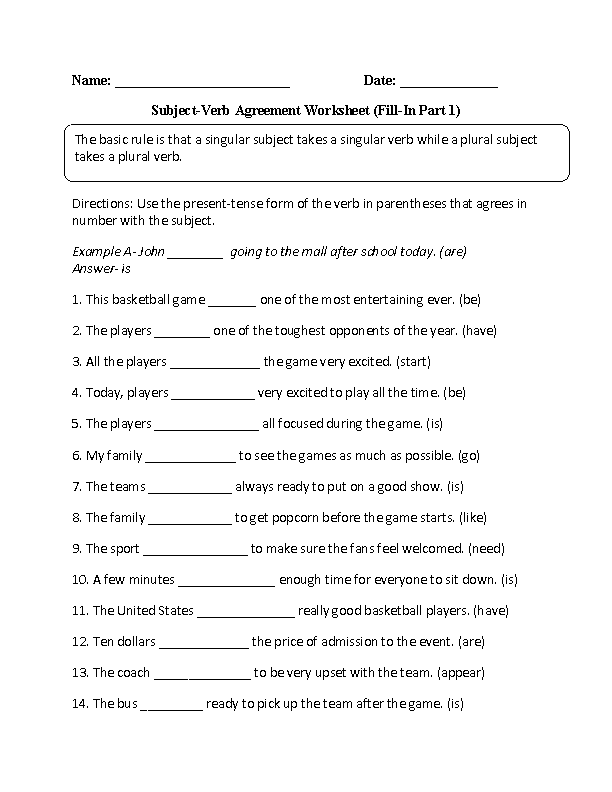
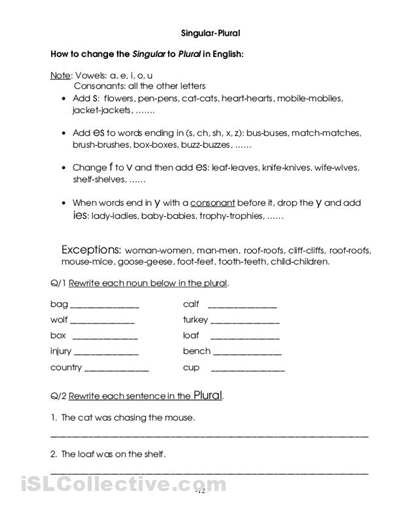















Comments